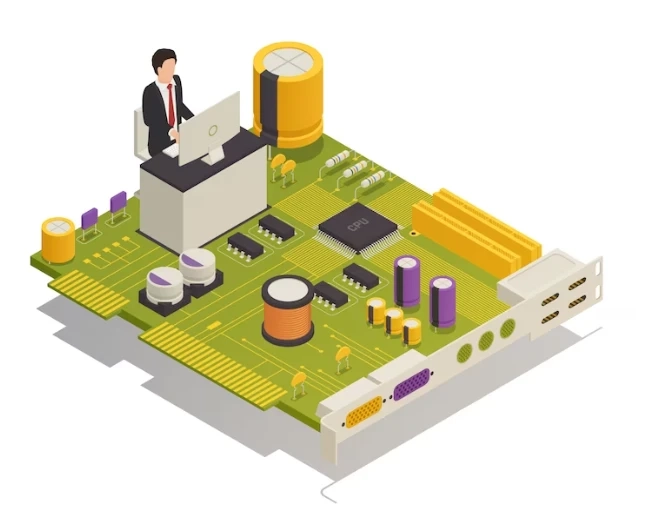PCB board assembly is a process of attaching electronic components to a printed circuit board (PCB). The PCB serves as the foundation for electronic devices and allows for the interconnection of components. In this article, we will cover everything you need to know about PCB board assembly, including its types, components, and benefits.
Types of PCB Board Assembly:
There are two types of PCB board assembly: through-hole assembly and surface mount assembly. Through-hole assembly involves inserting the leads of electronic components through holes in the PCB and then soldering them in place. Surface mount assembly involves attaching components directly to the surface of the PCB using solder paste and a reflow oven.
Components of PCB Board Assembly:
The components used in PCB board assembly can vary depending on the application. Some common components include resistors, capacitors, diodes, transistors, and integrated circuits (ICs). These components are chosen based on their electrical properties and compatibility with the rest of the system.
Benefits of PCB Board Assembly:
PCB board assembly offers several benefits over other methods of electronic assembly, including:
Improved Quality: PCB board assembly provides a more reliable and consistent connection between components than hand-soldering. This ensures that the electronic device will function properly and have a longer lifespan.
Cost-Effective: PCB board assembly is a cost-effective method of electronic assembly due to its automation and efficiency. It reduces the amount of time and labor required to assemble electronic devices.
Smaller Footprint: PCB board assembly allows for a smaller footprint and higher component density. This is because components can be placed closer together on the PCB, saving space and reducing the overall size of the electronic device.
Faster Production: PCB board assembly can be automated, which allows for faster production times and shorter lead times. This means that companies can get their products to market faster and gain a competitive edge.
Conclusion:
PCB board assembly is an essential process in the production of electronic devices. By understanding its types, components, and benefits, companies can make informed decisions about their electronic assembly needs. PCB board assembly offers improved quality, cost-effectiveness, a smaller footprint, and faster production, making it an attractive option for many industries.


